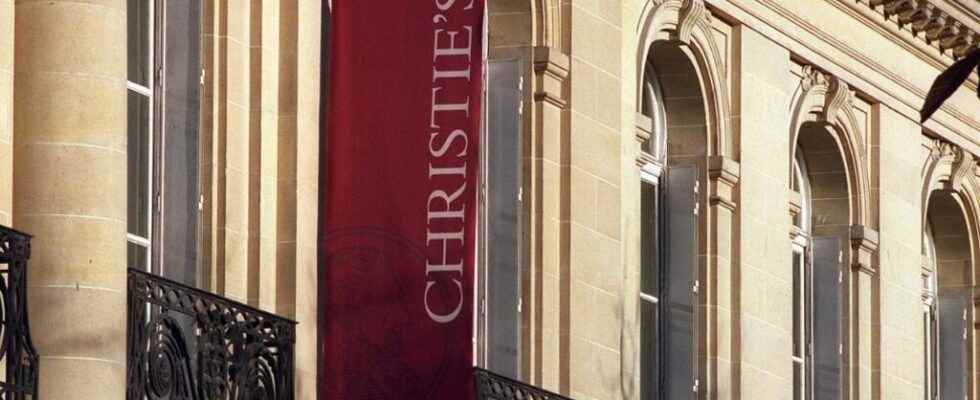Last week, the famous international auction house Christie’s in France canceled the sale of the statue of Nataraj, Hindu god Shiva after a mobilization of Indian Internet users.
From our correspondent in India,
Rare and important 15th century Indian sculpture in bronze displays the site, with a starting price of 200,000 euros. The photo shows Nataraj, an avatar of Shiva, known as the god of dance. But on Tuesday, December 13, an Indian Internet user spots her and publishes an alert on Twitter. ” Stop bidding. This is an idol stolen from India. She comes from the Sri Kodandaramesvara temple, in Tamil Nadu. I have proof. Send it back to us. “, he writes.
In his tweet, the Internet user also publishes a photo of the archeology register of the French Institute of Pondicherry, the former counter of France in India.
Then begins a race against the clock on the part of the Indian investigators. The idol research branch of the Tamil Nadu Criminal Investigation Department takes over. She sends the photo to grandfathers in the villages around the temple, who recognize the statue. The investigation concludes that it would have been stolen in 1972. The idol research branch then alerts the French authorities and Christie’s. Thursday, the Indian Embassy in France announces that the sale is canceled and that India will now demand the return of the sculpture to its soil.
Restitution of Indian Heritage
Behind this story, a global movement for heritage restitution is gaining momentum in India. Because, under Unesco conventions, this type of artefacts stolen or acquired under questionable conditions, must return to the country of origin, in particular if they were moved after 1970. Today, there are groups citizens, who use social networks to identify artefacts all over the world and ensure their restitution. For example, the Indian Pride Project founded in 2014 and which today claims 300 volunteers in India and among the Indian diaspora.
In 2021, the National Gallery of Australia returned eight statues and six paintings, some of which date from the 12th century, thanks to the group’s research and advocacy work. Investigations that sometimes span several years and would have made it possible to bring back 265 artefacts.
But Internet users obviously cannot do everything. For many colonized countries like India, the discussion on the restitution of heritage is played out between governments. On this subject, India is in open conflict with the United Kingdom, which refuses to sign the UNESCO restitution agreement. Internet users and the government are therefore fighting on a case-by-case basis to recover objects. In September, Glasgow’s Kelvingrove Museum agreed to return a 14th-century sword that belonged to the Muslim sultans of the Indian city of Hyderabad, a first.
►Also listen: Grand Reportage – The restitution of works to Africa: investigation of the French process
